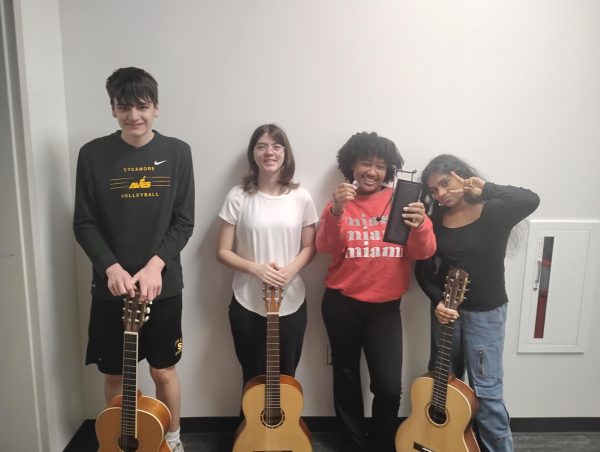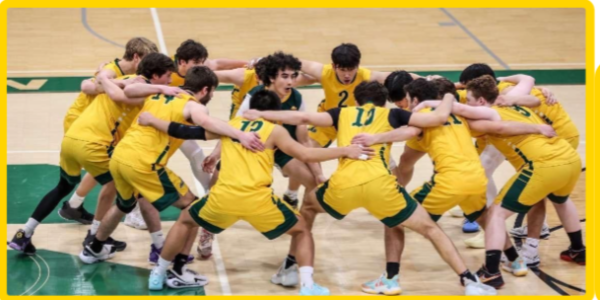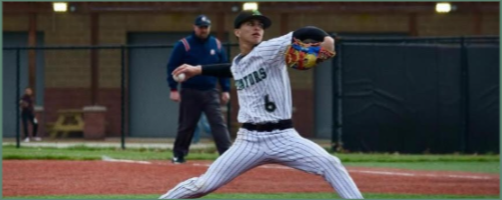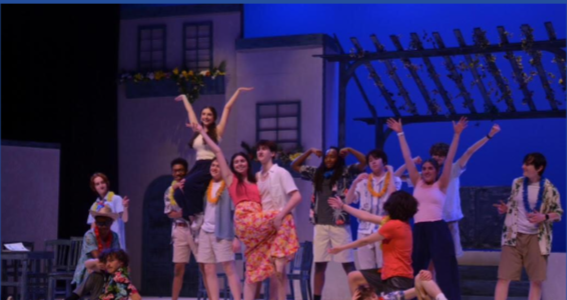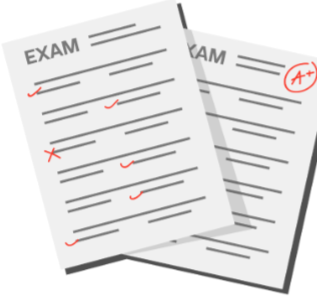Service dog goes to school
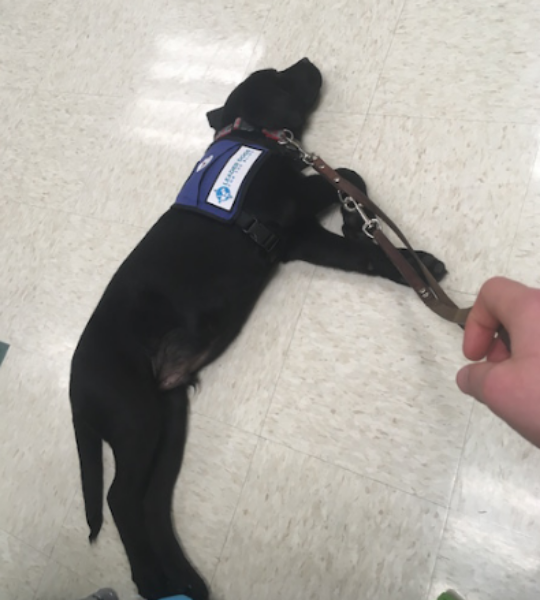
WAG YOUR TAIL. Guide dog in training, Jackson, takes a short nap on the floor during second bell. Junior Robert Wise brings Jackson, an English Black Lab, to two bells once a week to let Jackson socialize and get used to crowded halls. The Wise family has trained three other dogs and have enjoyed teaching the dogs multiple different commands such as “sit,” “down,” and even “touch.” “Also our experience has been very positive with this dog, he’s been very calm for the most part but gets very excited at different times,” Wise said.
Once a week, junior Robert Wise brings his service dog, Jackson, to SHS to socialize. Wise and his family are training Jackson to become a guide dog for a visually impaired person.
Jackson is from the organization Leader Dogs for the Blind (LDB), in Rochester, Michigan. The Wise family are volunteers for this organization.
They teach Jackson many commands, including simple ones such as “sit,” “down,” and “stay,” but also more advanced commands like “touch.”
“Jackson is an English Black Lab. They use the English ones because they are bred to be much calmer,” Wise said.
When Jackson is asked to “touch,” he must put his nose on his owner’s hand so the owner, “can get a sense of where the dog is for tasks like harnessing or grooming,” Wise said.
Wise brings Jackson into school for a few bells to get him used to socializing with people and become accustomed to crowded public settings such as SHS.
“[Jackson] also is able to practice being calm and laying under my desk on his designated mat while in class, he needs to be able to be calm while that person is not in need of his service,” Wise said.
The Wise family will teach Jackson or any other dog in training commands before he is offered to a blind or deaf person as their guide dog.
Training a guide dog can be difficult since the dog has to learn to ignore distractions and focus on their job.
According to leaderdog.org, website, LDB specializes in training dogs for the deaf and blind. They will also teach a dog the perfect commands to help a specific person and address their needs.
Jackson is not the Wise family’s first dog they are training.
“We have trained three other dogs, the first passed [their test] and is working today in Spain,” Wise said.
The Wise family works hard to train the guide dogs, and gradually introduce them to crowds and other unfamiliar settings.
“He is being specialized in leading a visually impaired or a visually and acoustically person,” Wise said.
Since Jackson will be guiding a visually impaired person, he must always be aware and act like the eyes of his guide. In addition, he must stay focused and not become distracted by other dogs and loud noises or crowds.
“As he is pretty young now, I only bring him in about once a week for about two bells,” Wise said.
Wise’s experience so far with training Jackson has been positive. Training a service dog can change one’s perspective on life and make it more enjoyable.
Sources:
Your donation will support the student journalists of Sycamore High School. Your contribution will allow us to purchase equipment and cover our annual website hosting costs.


